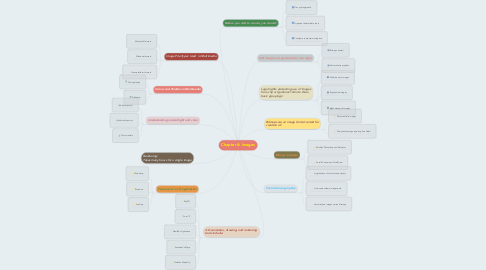Chapter 4: Images
by Hwa Xu

1. Before you start to create, you should:
1.1. Plan your approach
1.2. Organize the available tools
1.3. Configure computer workspace
2. 3-D animation, drawing, and rendering tools include:
2.1. Daz3D
2.2. Form*Z
2.3. NewTek′s Lightwave
2.4. Autodesk’s Maya
2.5. Trimble’s SketchUp
3. Features of a 3-D application
3.1. Modeling
3.2. Extrusion
3.3. Lathing
4. Rendering: Takes many hours for a single image
5. Understanding natural light and color
5.1. Additive color
5.2. Subtractive color
5.3. Color models
6. Colors and Palettes in Multimedia
6.1. Color palettes
6.2. Dithering
7. Image File Types Used in Multimedia
7.1. Macintosh formats
7.2. Windows formats
7.3. Cross-platform formats
8. Still images are generated in two ways:
8.1. Bitmaps (raster)
8.2. Vector-drawn graphics
9. Bitmaps are an image format suited for creation of:
9.1. Photo-realistic images
9.2. Complex drawings requiring fine detail
10. Legal rights protecting use of images from clip art galleries fall into three basic groupings:
10.1. Public domain images
10.2. Royalty-free images
10.3. Right-managed images
11. Bitmap Software
11.1. Adobe’s Photoshop and Illustrator
11.2. Corel’s Painter and CorelDraw
12. Vector-drawn graphics
12.1. Applications of vector-drawn object
12.2. How vector-drawn images work
12.3. Vector-drawn images versus bitmaps


